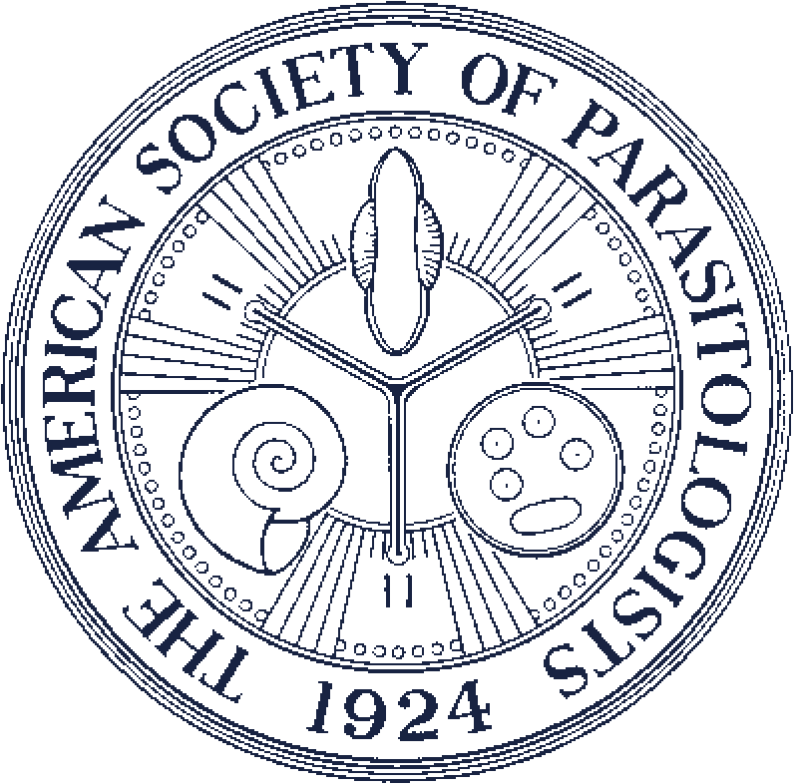A NOVEL HENNEGUYA (MYXOSPOREA) FROM THE GILLS OF GREEN SUNFISH, LEPOMIS CYANELLUS (CENTRARCHIFORMES: CENTRARCHIDAE), FROM THE BLACK RIVER (WHITE RIVER DRAINAGE) OF ARKANSAS
A new species of genus Henneguya Thélohan, 1892 (Bivalvulida: Myxobolidae) is described from the gills of 2 of 7 (29%) green sunfish, Lepomis cyanellus (Rafinesque) from Coffee Creek of the Black River, White River drainage, Arkansas. Henneguya rafinesquei n. sp. differs from the only other species of Henneguya reported from centrarchids, Henneguya episclera Minchew and Sleight, 1977, from Lepomis gibbosus (L.), and from Lepomis macrochirus Rafinesque by having a smaller myxospore total length (34.9 [31.3–37.1 μm] vs. 62.6 [49–81] μm). The body and polar capsules of H. rafinesquei n. sp. are pyriform, whereas the body of H. episclera is obovate to elliptical and the polar capsules are elliptoid with a narrow neck. Henneguya rafinesquei n. sp. is genetically most similar to Myxobolus branchiarum Ksepka, Rash, and Bullard, 2022 from smallmouth bass, Micropterus dolomieu Lacépède, and Myxobolus lepomis Rosser, Baumgartner, Barger, and Griffin, 2017 from dollar sunfish, Lepomis marginatus (Holbrook), but is easily distinguished morphologically by possessing 2 elongate caudal processes that are lacking in the latter 2 species. Phylogenetic analysis of the 1,963-base-pair small-subunit ribosomal ribonucleic acid gene placed H. rafinesquei n. sp. in a clade among other myxozoans that primarily infect centrarchids and comprises only the second species of Henneguya reported from any member of the sunfish family. Although the precise site of development within lamellae could not be determined histologically, a plasmodium with associated epithelial hyperplasia and mild lymphocytic inflammation produced a nodular lesion that displaced adjacent lamellae, altering normal gill morphology.ABSTRACT

Photomicrographs of Henneguya rafinesquei n. sp. from gills of Lepomis cyanellus. (A) Plasmodia (PL) on gill lamellae. (B) Myxospores. (C) Myxospores in valvular and sutural view and pansporoblasts (P) (arrows).

Composite line drawings of myxospores of Henneguya rafinesquii n. sp. (A) Valvular view. (B) Sutural view.

Histologic images of gill tissue from Lepomis cyanellus containing a single plasmodium of Henneguya rafinesquei n. sp. (A) Irregular plasmodium is limited by a variably thick, homogenous, eosinophilic cortex and is dominated internally by elongate myxospores with vaguely discernable tail pieces. Mildly hyperplastic epithelium infiltrated by minimal numbers of lymphocytes surrounds the plasmodium to form a nodular lesion. Hematoxylin and eosin stain. (B) Higher magnification image of plasmodium in (A) demonstrating mature myxospores in longitudinal and transverse sections and a single pansporoblast with developing myxospores (arrows). (C) Pyriform myxospores contained two slender, pyriform polar capsules. Brown and Hopps stain. (D) Polar capsules visualized with a Ziehl–Neelsen stain. Color version available online.

Maximum-likelihood analysis of small-subunit ribosomal ribonucleic acid (SSU rRNA) genes for Henneguya rafinesquei n. sp. and related species as identified through a basic local alignment search tool search as well as additional centrarchid-infecting myxosporeans from North America. Bootstrap values are based on 1,000 replications and values <70 are not shown.
Contributor Notes
Version of Record, first published online with fixed content and layout, in compliance with ICZN Arts. 8.1.3.2, 8.5, and 21.8.2 as amended, 2012. Zoobank publication registration: urn:lsid:zoobank.org:pub:12C349B4-0219-4020-B13D-4FE3630D212A.
